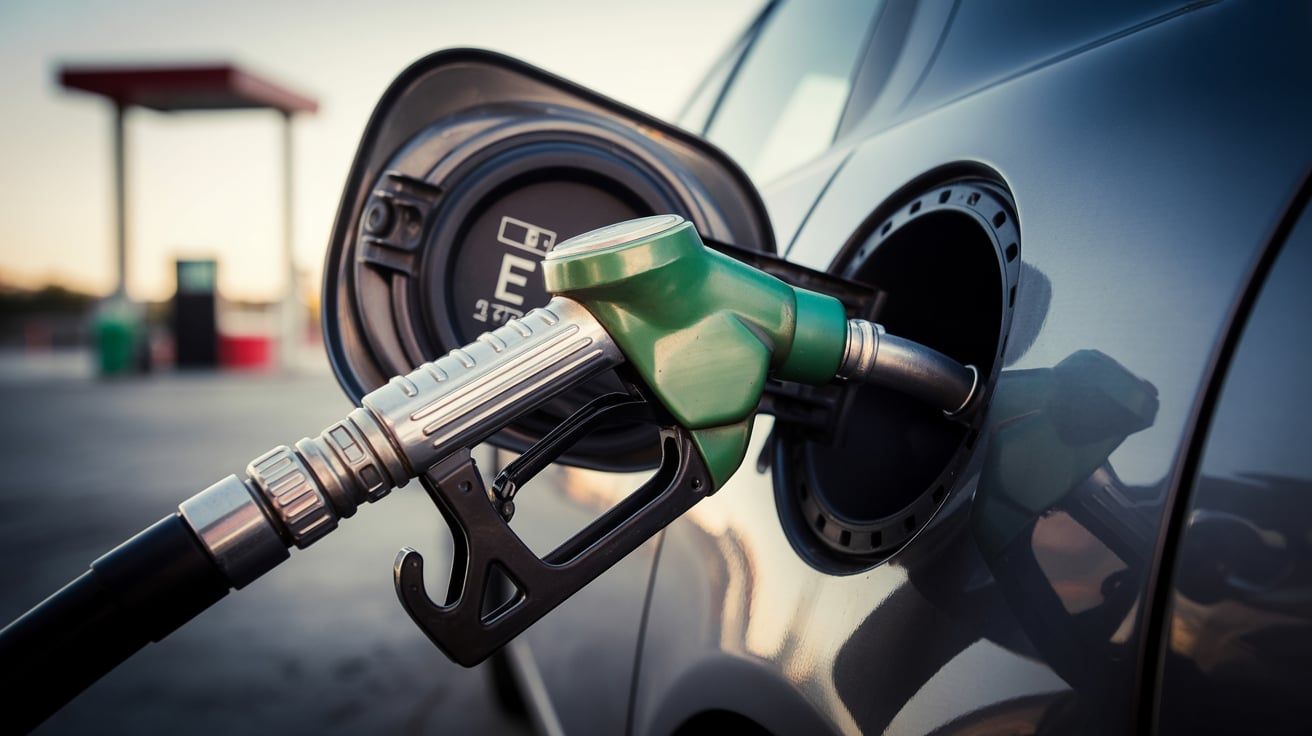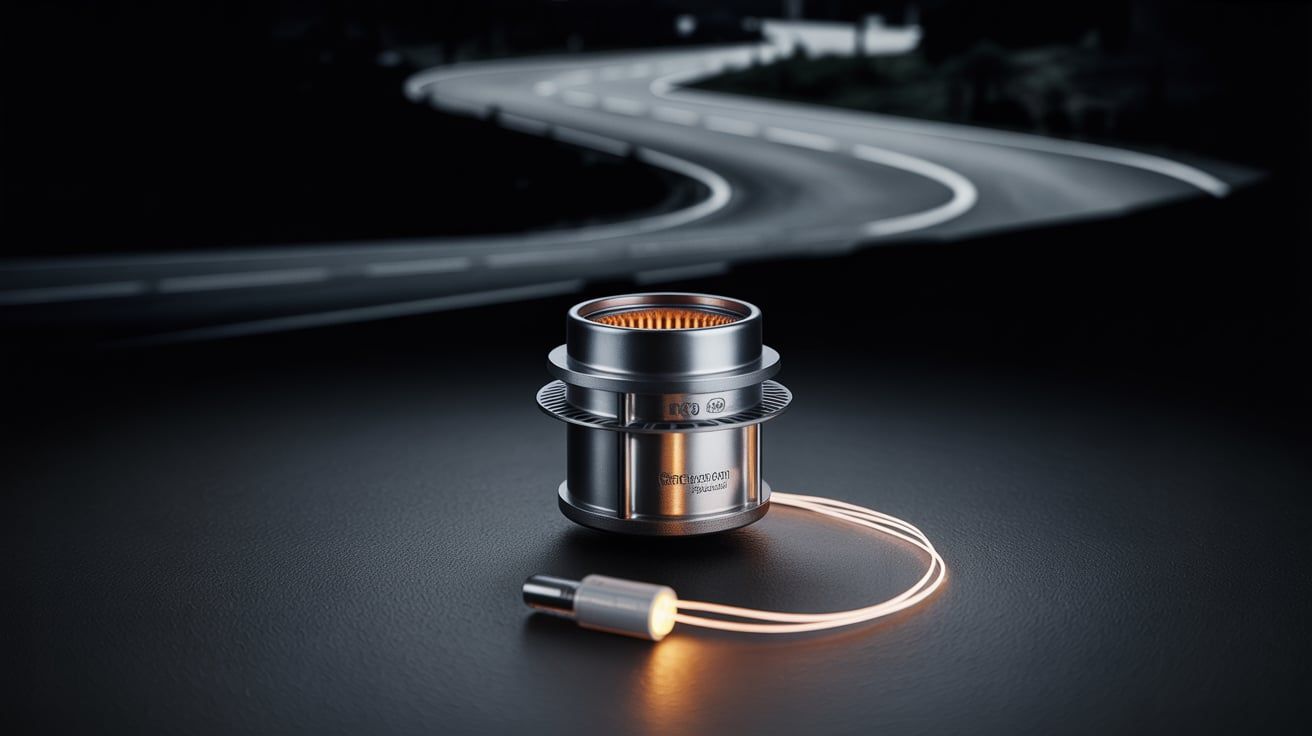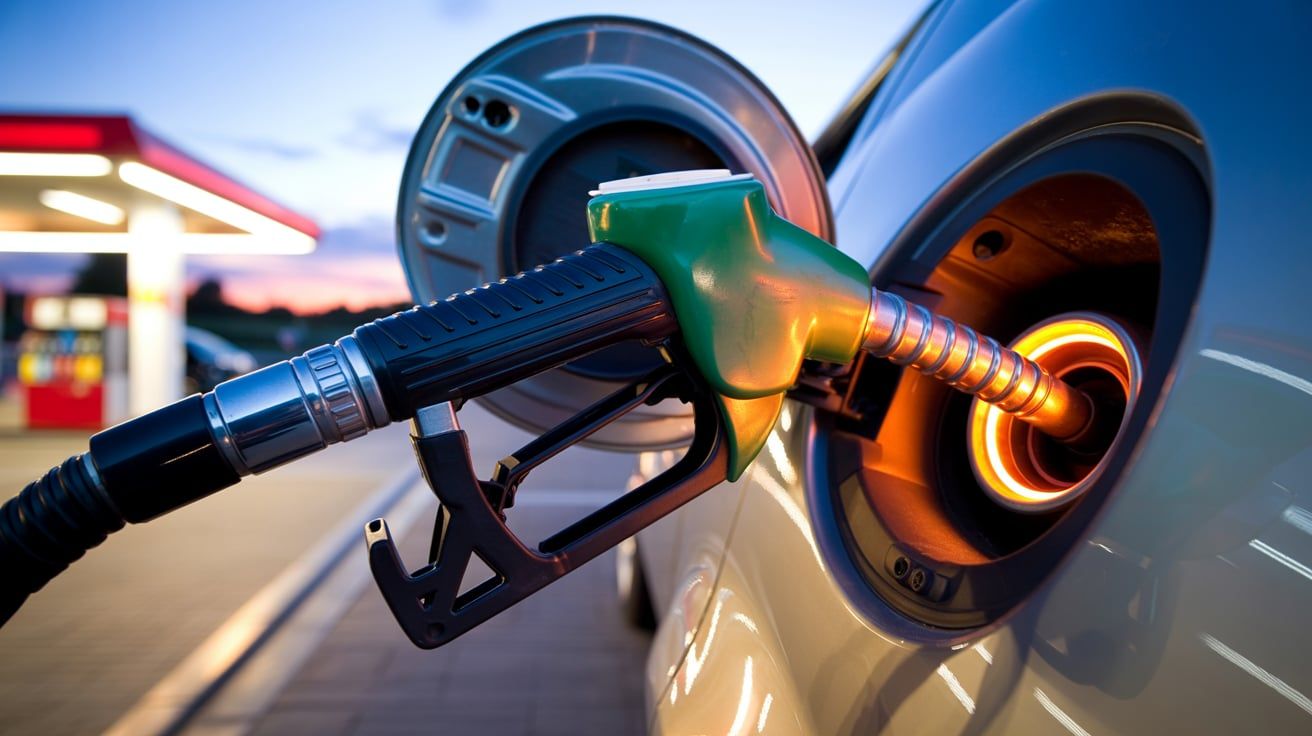Why Your Mechanic Hopes You Never Learn These 5 Simple Checks
Introduction: The Ounce of Prevention
Ever walked into a mechanic's shop with a minor car issue only to be presented with a bill that felt like a down payment on a small island? We've all been there. The truth is, a lot of automotive problems start small and snowball into expensive repairs simply because they're ignored. But what if you could catch these issues early, saving yourself time, money, and a whole lot of stress? There are a few simple checks that, if performed regularly, can drastically reduce your trips to the mechanic and keep your cars running smoothly. These are the secrets your mechanic might not be so eager to share, not because they're trying to be deceptive, but because a little preventative maintenance on your part means less business for them. Let's dive into these essential checks and empower you to take control of your car's health.
1. The Tire Pressure Tango: Maximizing Safety and Fuel Efficiency
Your tires are the only point of contact between your car and the road, making them crucial for safety and performance. Maintaining proper tire pressure is paramount. Underinflated tires can lead to decreased fuel efficiency, uneven wear, and even blowouts. Overinflated tires, on the other hand, can reduce grip and make for a bumpy ride. Checking your tire pressure is incredibly easy. You'll need a tire pressure gauge (a cheap and readily available tool) and the recommended tire pressure for your car, which can be found on a sticker inside your driver's side doorjamb or in your owner's manual. Check your tires when they're cold, ideally in the morning before you've driven anywhere. Simply remove the valve cap, press the gauge onto the valve stem, and read the pressure. Adjust as needed using an air compressor, which you can find at most gas stations.
Think of it this way: properly inflated tires are like shoes that fit perfectly. They provide the right support, allowing you to walk comfortably and efficiently. Underinflated tires are like shoes that are too big, causing you to drag your feet and expend more energy. Overinflated tires are like shoes that are too tight, restricting your movement and causing discomfort. By taking a few minutes each month to check your tire pressure, you're not only improving your car's performance and fuel economy, but also ensuring a safer driving experience for yourself and others on the road. This simple act of maintenance can save you money on gas, extend the life of your tires, and prevent potentially dangerous situations on the road.
2. The Fluid Level Fiesta: Keeping Your Engine Happy and Healthy
Your car relies on a variety of fluids to function properly, including engine oil, coolant, brake fluid, power steering fluid, and transmission fluid. Regularly checking these fluid levels is essential for preventing costly damage. Low fluid levels can lead to overheating, engine damage, brake failure, and other serious problems. Fortunately, checking these fluids is relatively straightforward. Most cars have clearly marked reservoirs for each fluid, with minimum and maximum fill lines. Consult your owner's manual for the location of these reservoirs and the recommended type of fluid for your car.
For example, checking your engine oil is a breeze. Locate the dipstick (usually marked with a yellow or orange handle), pull it out, wipe it clean, reinsert it fully, and then pull it out again to check the oil level. The oil level should be between the minimum and maximum marks. If it's low, add the appropriate type of oil until it reaches the correct level. Similarly, you can check the coolant level in the coolant reservoir, ensuring it's between the minimum and maximum lines. Remember to only check the coolant level when the engine is cold to avoid burns. By regularly monitoring your fluid levels and topping them off as needed, you can prevent serious damage to your car's engine, brakes, and other vital systems. This proactive approach to maintenance can save you thousands of dollars in repairs down the road.
3. The Battery Health Bonanza: Avoiding Unexpected Dead Starts
A dead battery is one of the most common reasons for roadside assistance calls. Nobody wants to be stranded with a car that won't start, especially in inclement weather or a remote location. While batteries eventually need to be replaced, you can extend their lifespan and avoid unexpected dead starts by performing a few simple checks. First, visually inspect your battery for any signs of corrosion around the terminals. Corrosion can interfere with the electrical connection and prevent your car from starting. If you see corrosion, you can clean it off with a mixture of baking soda and water, using a wire brush to scrub away the buildup. Be sure to disconnect the battery cables before cleaning to avoid electrical shock.
Another important check is to ensure that the battery cables are securely connected to the terminals. Loose connections can also prevent your car from starting. Give the cables a wiggle to make sure they're tight. If they're loose, tighten them with a wrench. You can also have your battery tested at most auto parts stores. They'll use a special tool to assess the battery's health and determine if it's nearing the end of its life. By performing these simple checks, you can catch potential battery problems before they leave you stranded. Replacing a battery is far less expensive and inconvenient than dealing with a tow truck and emergency repairs.
4. The Light Fantastic: Ensuring Visibility and Safety
Your car's lights are essential for visibility and safety, both for you and other drivers on the road. Regularly checking your headlights, taillights, brake lights, and turn signals is crucial for preventing accidents and avoiding traffic tickets. A burned-out headlight can significantly reduce your visibility at night, while a malfunctioning brake light can increase the risk of a rear-end collision. Checking your lights is a quick and easy process. Simply turn on your headlights, taillights, and turn signals, and walk around your car to make sure all the bulbs are working. Have a friend or family member step on the brake pedal while you check the brake lights. If you find a burned-out bulb, replace it as soon as possible. Replacement bulbs are relatively inexpensive and easy to install, and your owner's manual will provide instructions on how to do so.
Beyond the basic functionality, also pay attention to the clarity of your headlight lenses. Over time, headlight lenses can become cloudy or yellowed, reducing their brightness and effectiveness. This is often caused by oxidation from exposure to sunlight and the elements. You can restore the clarity of your headlight lenses with a headlight restoration kit, which is available at most auto parts stores. These kits typically include a cleaning solution, sandpaper, and a polishing compound. By regularly checking and maintaining your car's lights, you're not only ensuring your own safety but also the safety of everyone else on the road. This simple act of maintenance can prevent accidents and save lives.
5. The Wiper Blade Waltz: Maintaining Clear Vision in All Weather
Your windshield wipers are often overlooked, but they play a vital role in maintaining clear vision during rain, snow, and other inclement weather. Worn or damaged wiper blades can streak, smear, and chatter across your windshield, significantly reducing your visibility and increasing the risk of accidents. Regularly inspecting your wiper blades is essential for ensuring optimal performance. Check the blades for cracks, tears, and stiffness. If the rubber is hardened or brittle, it's time to replace them. You should also check the blades for proper contact with the windshield. If they're skipping or leaving streaks, they may be worn or damaged.
Replacing wiper blades is a simple and inexpensive task that you can easily do yourself. Most auto parts stores carry a wide variety of wiper blades to fit different makes and models of cars. Your owner's manual will provide information on the correct size and type of wiper blades for your car. When installing new wiper blades, be sure to follow the instructions carefully. It's also a good idea to clean your windshield regularly to remove dirt, grime, and debris that can damage the wiper blades. By maintaining your wiper blades, you're ensuring clear vision and a safer driving experience in all weather conditions. This small investment in maintenance can make a big difference in your safety and comfort on the road.
6. The Listen and Learn: Recognizing Unusual Sounds
Your car often communicates problems through sounds. Learning to recognize unusual noises can help you identify potential issues early on, preventing them from escalating into major repairs. A squealing sound when you brake could indicate worn brake pads. A knocking sound from the engine could signal a serious problem with the internal components. A hissing sound under the hood could indicate a coolant leak. Pay attention to any unusual noises that your car makes, and try to pinpoint the source of the sound. If you're unsure what the sound means, consult your owner's manual or take your car to a trusted mechanic for diagnosis.
Don't ignore unusual sounds, even if they seem minor. Often, these sounds are early warning signs of a bigger problem. Addressing these issues early can save you money and prevent more serious damage to your car. For example, ignoring a squealing sound from your brakes could eventually lead to damage to the rotors, resulting in a more expensive repair. By being attentive to the sounds your car makes, you can become a more informed and proactive car owner, saving yourself time, money, and stress in the long run. Think of your car as a patient; it's trying to tell you something is wrong, you just need to listen.
7. The Visual Once-Over: Spotting Potential Problems Early
Regularly performing a visual inspection of your car can help you spot potential problems before they become major issues. Walk around your car and look for any signs of damage, such as dents, scratches, or rust. Check the tires for uneven wear, bulges, or cuts. Look for any leaks under the car, which could indicate a problem with the engine, transmission, or brakes. Inspect the hoses and belts under the hood for cracks, fraying, or looseness. A quick visual inspection can reveal a lot about the health of your car.
For example, noticing a small oil leak early on can allow you to address the problem before it leads to engine damage. Spotting uneven tire wear can alert you to a potential alignment issue. Catching a cracked hose before it bursts can prevent your car from overheating. By taking a few minutes each week to visually inspect your car, you can catch potential problems early and prevent them from escalating into costly repairs. This proactive approach to maintenance can save you a significant amount of money and keep your car running smoothly for years to come. It's like giving your car a regular check-up, ensuring its overall well-being.
Conclusion: Be Your Own Best Advocate
By incorporating these five simple checks into your regular routine, you can become a more informed and proactive car owner. You'll be able to catch potential problems early, prevent costly repairs, and extend the life of your car. While these checks are not a substitute for professional maintenance, they can empower you to take control of your car's health and save you money in the long run. Remember, your mechanic is a valuable resource, but you are your own best advocate when it comes to your car's maintenance. So, grab your tire pressure gauge, check your fluid levels, inspect your lights, and listen to your car. Your wallet and your car will thank you for it. Now that you're armed with this knowledge, go forth and conquer the road, knowing you're doing everything you can to keep your cars running smoothly and safely. Happy driving!



